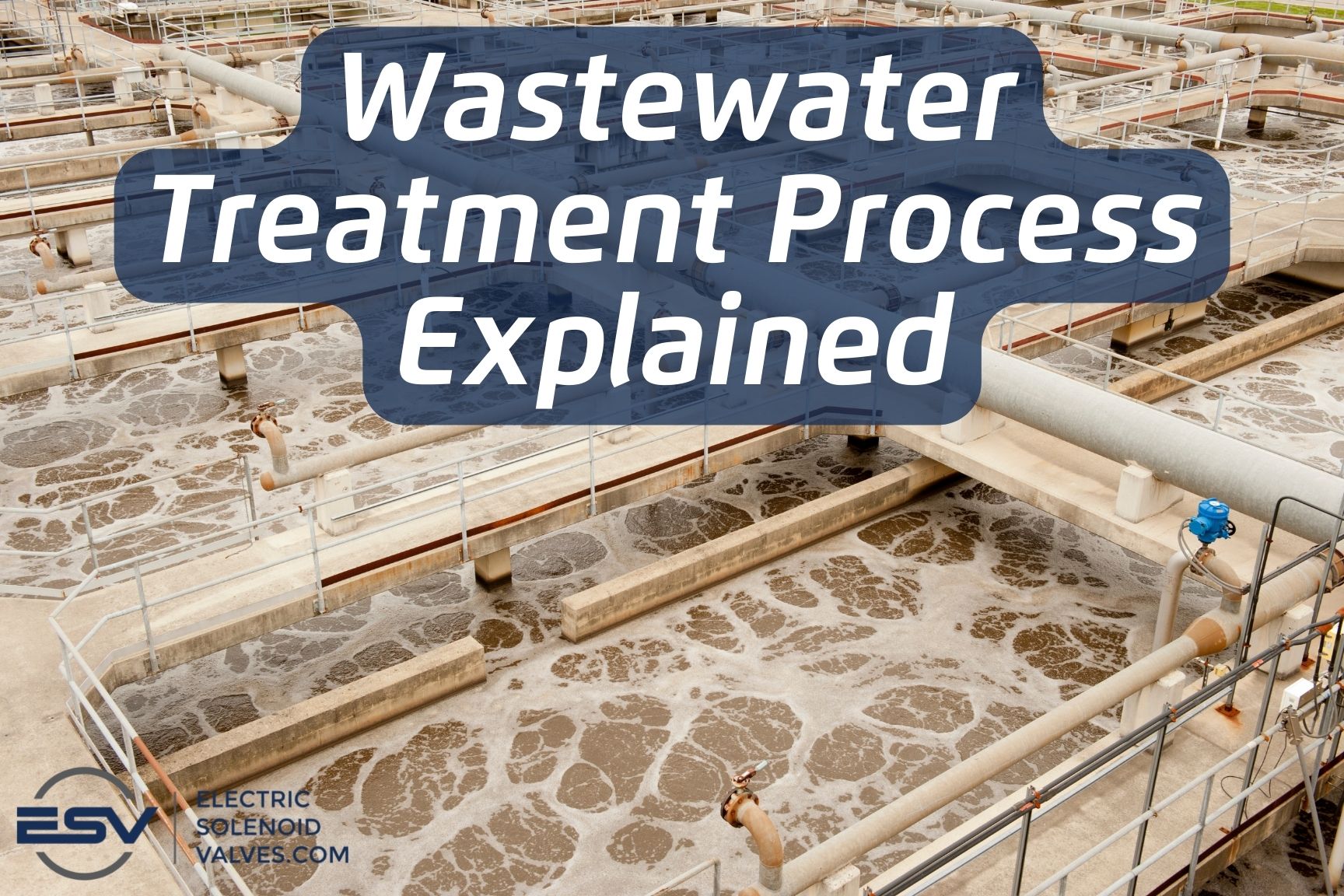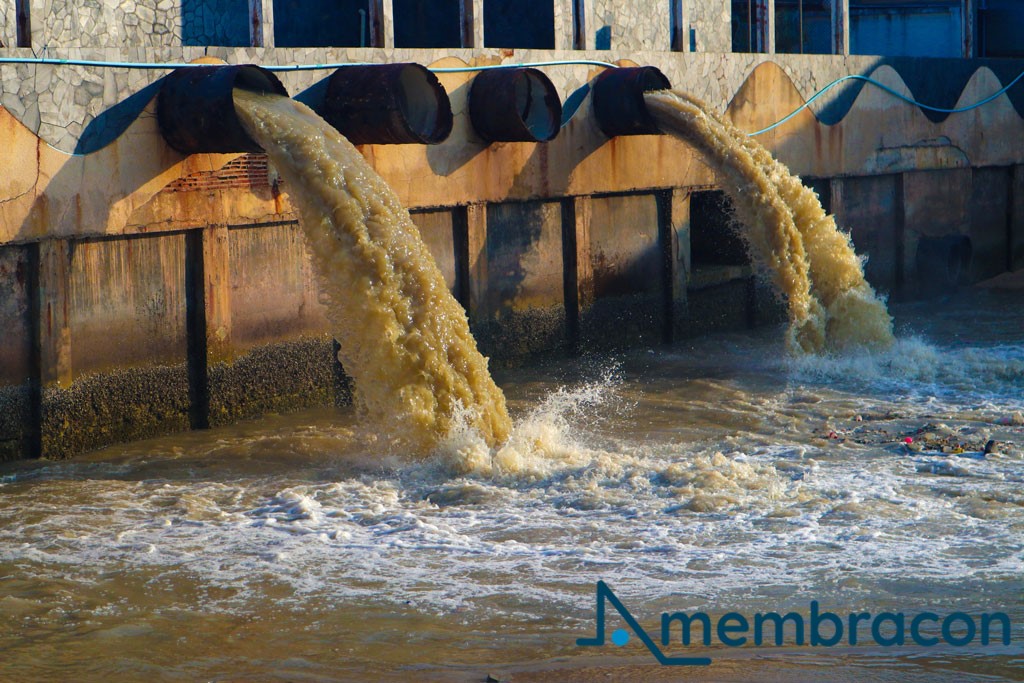Efficient Waste Water Treatment Solutions: Secret Techniques and Advantages
Efficient Waste Water Treatment Solutions: Secret Techniques and Advantages
Blog Article
Optimizing Waste Water Treatment Procedures: Techniques for Improved Water High Quality and Resource Recuperation
In the realm of wastewater treatment, the quest for boosting efficiency and sustainability through procedure optimization is a continuous quest that holds enormous relevance. From advanced modern technologies to ingenious resource recovery approaches, the landscape of wastewater therapy is evolving swiftly.
Value of Process Optimization
Maximizing drainage therapy processes with meticulous procedure optimization is vital for optimizing performance and making certain ecological sustainability. By fine-tuning each action of the therapy process, from first consumption to final discharge, water therapy facilities can achieve higher degrees of pollutant removal, lower power consumption, and decrease the generation of waste by-products. Process optimization includes examining vital efficiency indicators, such as hydraulic retention times, sludge retention times, and nutrient degrees, to recognize areas for enhancement and implement targeted remedies.
Reliable process optimization not only improves the general efficiency of waste water therapy plants but also adds to cost savings and regulatory conformity. By maximizing processes, drivers can achieve higher therapy abilities without the demand for substantial framework investments. Additionally, boosted treatment effectiveness brings about cleaner effluent discharge, reducing the environmental impact on obtaining water bodies and communities.

Advanced Therapy Technologies
In the realm of drainage treatment, the application of innovative therapy innovations plays a crucial duty in enhancing the total efficiency and effectiveness of the therapy procedures. These cutting-edge technologies offer innovative options to attend to complex contaminants existing in wastewater streams, guaranteeing the removal of pollutants to satisfy rigorous water top quality standards. Advanced therapy procedures such as membrane layer bioreactors, ozonation, advanced oxidation processes, and turn around osmosis allow the comprehensive elimination of contaminants, including arising pollutants like drugs and individual care items.
In addition, these technologies facilitate resource healing by drawing out important materials such as phosphorus, nitrogen, and energy from the wastewater. For instance, advanced nutrient removal innovations can recover phosphorus and nitrogen for reuse in agricultural fertilizers, while power recuperation systems like anaerobic digestion can harness biogas for electrical energy generation. By including advanced treatment innovations right into wastewater treatment plants, drivers can improve water top quality, minimize environmental influence, and move in the direction of an extra resource-efficient and lasting approach to wastewater administration.
Resource Recuperation Methods
Source recuperation techniques in wastewater treatment procedures play a crucial function in making best use of the usage of important sources had within wastewater streams. One common resource recovery method is the extraction of nutrients like phosphorus and nitrogen from wastewater for reuse as plant foods or in commercial procedures.
Water healing strategies, such as membrane layer innovations and advanced purification systems, make it possible for the treatment and reuse of water for non-potable applications like watering or commercial processes. By applying source healing techniques in wastewater treatment plants, not only can useful sources be saved and recycled, however the overall sustainability and effectiveness of the therapy process can be dramatically boosted. As the focus on resource shortage and environmental sustainability remains to grow, the significance of incorporating source recuperation techniques right into wastewater therapy processes becomes increasingly evident.
Lasting Practices in Wastewater Treatment
Applying sustainable methods in wastewater therapy facilities is necessary for enhancing ecological stewardship and long-term functional performance. Sustainable techniques in wastewater treatment encompass a series of approaches focused on lessening the ecological impact of treatment procedures while maximizing resource healing. One essential element of lasting wastewater therapy is the application of energy-efficient modern technologies to minimize the carbon impact of treatment plants. This can consist of the use of renewable power resources such as solar or wind power, in addition to the optimization of existing procedures to lessen power intake.
Furthermore, the adoption of sophisticated treatment technologies that advertise water reuse and recycling plays an essential function in sustainable wastewater management. By treating wastewater to a high standard, it can be repurposed for various non-potable applications, such as watering, industrial processes, and even drinkable water production sometimes. This not just preserves useful freshwater resources but also lowers the volume of effluent discharged right into the environment.

Study on Effective Optimization
As wastewater treatment facilities progressively focus on lasting techniques, real-world situation research studies showcasing effective optimization methods function as vital models for industry advancement. One such situation study revolves around the application of innovative nutrient removal innovations in a community wastewater therapy plant. By incorporating biological nutrient removal procedures and optimizing operational criteria, the facility accomplished considerable reductions in nitrogen and phosphorus degrees released right into getting waters, inevitably boosting overall water top quality.
One more noteworthy case research entails the assimilation of anaerobic food digestion systems in a commercial wastewater therapy plant to boost power healing and source effectiveness (Waste Water Treatment). With the digestion of natural waste materials, the center not just generated biogas for energy production yet additionally lowered the quantity of sludge needing disposal. This dual benefit not just improved the plant's sustainability performance however additionally resulted in price financial savings
These successful optimization strategies show the possibility for wastewater therapy centers to attain both environmental and financial benefits via effective procedures and cutting-edge strategies. By gaining from Bonuses these instance researches, site sector professionals can even more enhance their very own operations to enhance water quality and resource recuperation.
Verdict
To conclude, maximizing drainage treatment procedures through innovative modern technologies, source recuperation methods, and sustainable techniques is important for boosting water quality and making the most of source recuperation. Waste Water Treatment. Situation researches have demonstrated effective execution of optimization approaches in various wastewater treatment centers. By proceeding to focus on process optimization, we can ensure reliable and efficient therapy of wastewater, eventually bring about an extra sustainable and eco-friendly strategy to managing water sources
By fine-tuning each step of the treatment process, from first intake to final discharge, water therapy facilities can achieve greater levels of pollutant removal, reduce energy intake, and lessen the generation of waste spin-offs.In the world of waste water therapy, the application of innovative therapy innovations plays an essential duty in boosting the total performance and performance of the therapy processes. By integrating advanced therapy innovations into wastewater therapy plants, operators can boost water top quality, lower ecological influence, and move towards an extra sustainable and resource-efficient approach to wastewater administration.
By carrying out source healing methods in wastewater treatment plants, not important link just can important sources be preserved and recycled, but the total sustainability and effectiveness of the treatment process can be considerably enhanced. Lasting techniques in wastewater therapy include an array of approaches intended at decreasing the ecological impact of therapy procedures while taking full advantage of source healing.
Report this page